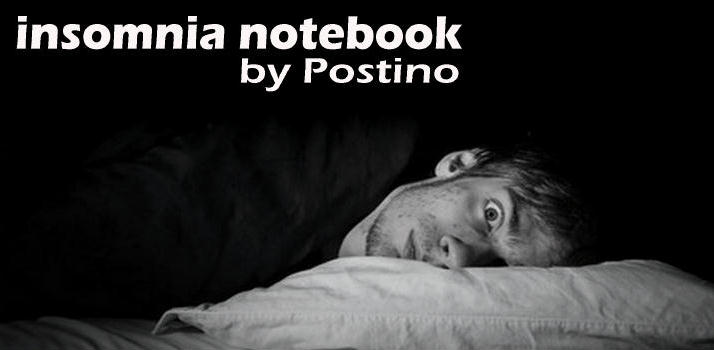All contents Copyright ©1967 Triangle Publications.
The cover is about Ms Farrow’s return to TV (after Peyton Place) for a broadcast of Johnny Belinda. The sidebar gives a synopsis:
I thought it sounded interesting, so I checked the IMDb, only to find the program may not exist anymore. It hasn’t been seen since its initial showing, and no one has a story for what happened to it. Some reader on the IMDb comments board suspects the video tape was erased and therefore the show is lost. If so that would be too bad. It may turn up some day, sitting in a box in some former network executive or producer’s closet. Stranger things have happened.
It must have been sweeps week on network television the week of October 21-27, 1967. There are Don Knotts, Bob Hope, Sophia Loren specials. Don Knotts warranted a three page article, here reprinted in full, which tells us he left the Andy Griffith Show to be a movie star, and he was...in movies that played in drive-in theaters in rural areas. Well, that wasn’t too bad in those days. Roger Corman made a fortune with movies for that circuit. Knotts did all right for a few years, then appeared again on televison in Three’s Company in the seventies.
As mentioned, the Beatles were featured in their first movie, A Hard Day’s Night. I am not sure if this was the first network showing of the movie or not, but it was an event. Richard Lester’s movie is a perfect time capsure of the 1964 Beatles and Beatlemania. Although it was only three years since it had been released, by 1967 the Beatles had moved far beyond their 1964 image.
Speaking of the Summer of Love, here are Bob Hope and Phyllis Diller as the last hippies in the far-off year of 1997.
We have been seeing specials on television the past couple of years: Peter Pan, The Sound of Music, and The Wiz. But there have been stage plays on television back to when I was a child in the 1950s. (Peter Pan with Mary Martin and Cyril Ritchard was a big event in our house every year). So Kismet seems right in with the history of showing musical theater on TV. I am interested because one of my favorite all-time actors, José Ferrer, plays the lead. In 1965 Ferrer starred in the play Oedipus at the University of Utah. My girlfriend’s parents gave us tickets. Before the curtain went up I went to the men’s room, only to realize there was a thin wall between the men’s loo and the dressing rooms for the actors. I could hear Ferrer, with his booming voice, telling jokes to his fellow actors. I don’t remember exactly what was said, except I remember I stood at the urinal for a long time, listening.
Was it standard for Ferrer to tell jokes, maybe to alleviate the tension and butterflies before a show?
I also noticed the sidebar for It’s the Great Pumpkin, Charlie Brown, which was on its first annual repeat...and has been shown every year since.
We finally get to the article on injuries in football ruining the game. What I found particularly interesting was the article focused mainly on injuries to the knees, ankles, shoulders, etc., from being hit and from the player hitting the ground. My curiosity about the current talk about concussions was covered quickly with the author saying: “. . . the game has the finest equipment in history, because sporting-goods firms as well as the Government cooperated in the design and development of football gear. The modern helmet, for instance, stems from military research and has virtually eliminated the head injury, so feared in the past.” [Emphasis mine]
My wife and I subscribed to TV Guide from the seventies until at least some time in the nineties, when our local listings could not keep up with cable TV. I wish I had saved issues of the magazine. I am sure there are many things written and published then that would be pertinent for today.
*Kirk Jusko has been writing an epic history and commentary on the original Star Trek in his blog, Shadow of a Doubt. The link will take you to episode 12 of 15, and you can work your way around from there.















